Reliability/Validity
by Deborah Woody


1. Inflated Results on speeded test and should only be utilized for measuring a single unitary trait.
2. Reliability - measures the stability of the test results through the measurement of score rankings of the same or similar test.
2.1. Test-Retest or Stability - suggest that the same test be aministered to the same group with minimal time between the test.
2.2. Alternate Forms of Equivalence - suggest that alternate/equivalent test of the same material be given to the same group with minimal time between adminstration of the test.
2.3. Internal Consistency - measures consistency through the measurement of like items.
2.3.1. Split-Half Methods - for measuring a single trait.
2.3.2. Kuder Richardson Methods - determine the extent to which the entire test represents a single fairly consistent measure of a concept.
3. Validity - measurement utilized to see if a test is measuring what it should measure.
3.1. Content - compares test items to their objectives.
3.2. Criterion Related - numerical estimate of evidence established by measuring test scores against an external standard.
3.2.1. Concurrent Criterion = determined by measuring scores against a measure collected at the same time.
3.2.2. Predictive Validity Evidence - determined by measuring scores against a measure collected over a period of time.
